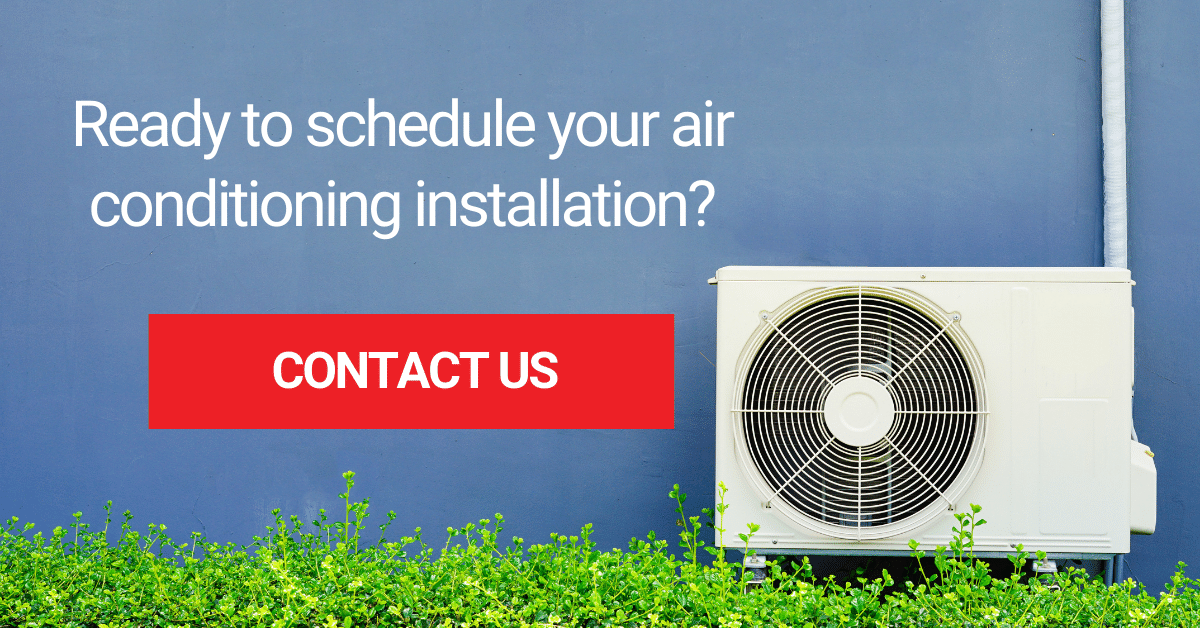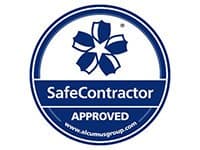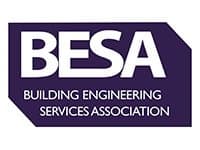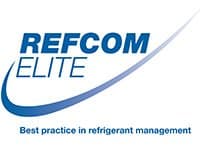For experts in air conditioning, VRF or Variable Refrigerant Flow systems aren’t a new option. In fact, they have been around for three decades. But for businesses looking to have an air conditioning system added or an upgrade, understanding what VRF is and how it works is important. So let’s get to know the system so you can see if it is the right fit for your business needs.
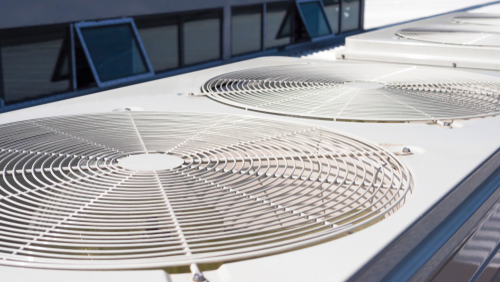
What is a VRF (Variable refrigerant flow) air conditioning unit?
The simplest way to describe a VRF system is that it is like a large scale HVAC system that doesn’t have any ducts and works at a very high capacity. Exactly how high this depends on the system but there can be multiple indoor units or you can create zones all running from the same main system.
The variable refrigerant part of the name refers to the ability of the system to control how much of the cooling element is moving through the system. This means that the multiple evaporator units attached to it can offer different temperatures all at the same time.
How does a VRF system work?
There are a few different types of VRF systems available which all work a little differently. But there are two groups that offer slightly different operations – 2 pipe and 3 pipe.
With a 2 pipe system, the whole system is either cooling or heating. But with a 3 pipe system, there can be both cooling and heating in different zones. Generally, the 3 pipe system is the most popular because it gives greater control. It is also better if you have things like a server room that constantly requires cooling while other areas may vary between heating and cooling requirements for staff comfort depending on the weather.
VRF systems work via an air conditioner inverter. This creates the variable flow that gives the system its name as opposed to a simple on or off approach. This also makes them more energy efficient.
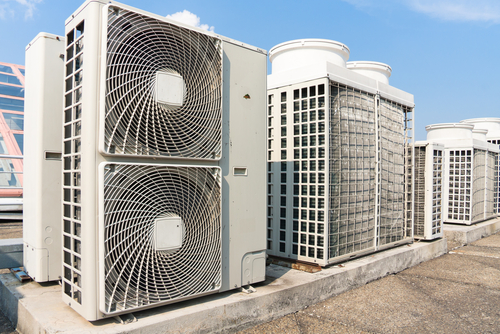
What are the different types of VRF systems?
Next, let’s look at the different types of VRF systems. These use different methods to create heating and cooling and operate a little differently. All typically have both outdoor units and indoor elements.
Heat pump system
The heat pump system is a 2-pipe system that allows heating or cooling but not both at the same time. With this system, the indoor units act as evaporators in the cooling mode and as condensing units in the heating mode. This type of system is popular in open plan areas, retail stores and any building where the same temperature is required throughout.
Heat recovery system
A heat recovery system is a 3-pipe system known as VRF-HF. It can simultaneously heat and cool, with each unit branching off from the 3-pipes using a box that contains a set of valves.
An indoor unit that is heating will open the hot gas and liquid lines to act as a condenser. Or it will open the coolant pipe (also known as a refrigerant pipe) to cool things down. This system is ideal for all kinds of buildings that need different temperatures in different areas. It is also commonly considered to be one of the more energy efficient options.
VRF water-cooled
The VRF water cooled system is different from the previous ones because it uses water to cool rather than air. This system is used when an air-cooled system cannot handle the conditions such as where vertical risers don’t work.
The system is connected to a tower or dry cooler that transfers the heat or cooling. They are ideal for buildings that don’t have much space or have a condenser water loop.
Gas driven
Gas driven systems tend to be used if there is an electricity issue. They can be operated from mains gas or from a Calor gas tank system. They can also add hot water generation and even create electricity if needed. They tend to be used in remote locations without a main electricity supply.
Difference between VRF and VRV systems
Because they have different names, people think that VRF and VRV systems are different. But there’s actually not much difference in the HVAC technology used.
VRV or variable refrigerant volume is a trademarked term used by the company Daikin who were one of the early HVAC leaders. After this, other companies that created a similar system had to use a different term and therefore VRF was created.
The benefits of VRF HVAC
There are several benefits to VRF HVAC systems that make them a great option for almost any business. They will even work in homes as more domestic properties cope with climate change by adding cooling to their heating.
Benefits of VRF include:
- Highly customisable – both the structure and the operation of these systems can be customised to suit your needs including room-specific temperature zones
- Very quiet – for businesses in areas with homes nearby, these systems are much quieter than other options and therefore won’t cause a noise nuisance
- Small units – compared to other HVAC equipment, these systems use small and compact units that make them ideal for buildings with less space
- Easy to install – an experienced installer can easily and quickly install a VFR system, leading to less downtime for the business
- Lightweight – as well as being smaller, the systems are lightweight and this means no reinforcement is needed to support the weight
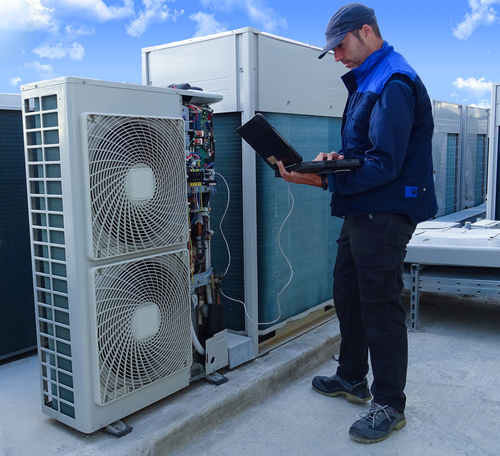
Installing VRF systems in commercial spaces
The primary reason that commercial spaces such as offices choose this kind of system is the flexibility of it. It can be easily installed even on small office buildings due to the smaller size of the main unit and the types of heating and cooling systems available.
It is also a cost-effective way to heat and cool the building. Getting that perfect balance of temperature can be tricky and expensive but a system of this type gives you greater control with individual rooms becoming zones if needed.
Standards and regulations
Because VRF HVAC systems use refrigerant, some standards and regulations apply to them. That’s because any refrigerant can be toxic and dangerous if it leaks – it becomes an invisible gas when released.
When you work with an expert in air conditioning, they will be able to walk through the exact standards and regulations that will apply to your building. These will include the refrigerants and if any leak detection systems are required as well as things like the Energy Performance Certificate and how the building performs.
Getting the right system
VRF HVAC systems are an ideal solution for many types of commercial buildings. With the variable heating and cooling options, it is easy to get what you need and where. But it is important to get the right system and that means getting the right help. It means working with an expert.
Total Environmental Kooling Ltd has been designing and installing VRF HVAC systems for industrial buildings for over 20 years.
Our wealth of experience means we understand the variety and scope of industrial premises and their requirements. Our expert team is always hands-on to help you through every step of the process. Contact us to learn more about our VRF systems by contacting our friendly expert team today.
